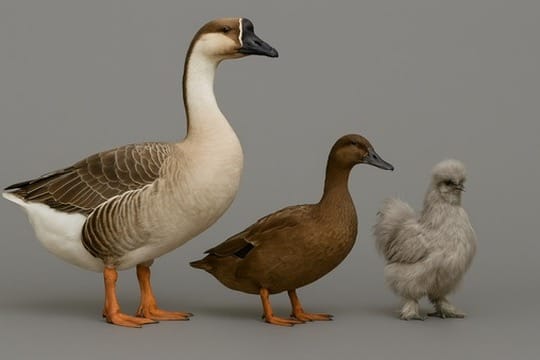I will write a series of articles about water filters. There are a few types of them, and they work in different ways. And alkaline water - how it works and if it's just advertising.
Now, let's talk about tap water. This is what we filter, right?
Tap water goes through many stages of cleaning before it reaches your tap. This process can vary by country, but the main steps are the same:
1 Collecting Water: This is where we get the water from lakes, rivers, or wells.
2 Screening: The water is then passed through screens to remove big stuff like leaves, sticks, or even fish. This is to protect the rest of the water cleaning system.
3 Coagulation/Flocculation: Next, we add chemicals to the water. These chemicals make tiny bits of dirt and other stuff in the water stick together into big clumps, or "flocs."
4 Sedimentation: The water is then put into big tanks where it stays still. During this time, the heavy flocs sink to the bottom. The stuff that sinks can be removed.
5 Filtration: The cleaner water on top is then passed through filters made of sand, gravel, and charcoal. These filters catch any bits that didn't sink to the bottom.
6 Disinfection: To kill any harmful bugs that might still be in the water, a disinfectant like chlorine is added. This makes sure the water is safe to drink.
7 Storage: The clean water is kept in storage tanks or towers until it's needed.
8 Distribution: The water is then pumped through pipes to homes, businesses, and other places.
9 Monitoring: The water quality is checked regularly, even after it's been sent out, to make sure it's still safe to drink.
There are lots of things that can make water unhealthy, but these are different from things that make it unsafe. Tap water is usually safe to drink, especially in developed countries, but this doesn't mean it's always healthy. If you're thirsty, it's important to drink enough water, even if it's not perfect.
Safe water means it won't harm you right away. It doesn't have toxic chemicals or harmful bugs. But it's hard to measure how safe water is over a long time. Also different people can handle different things.
The steps above are applied for filtering and disinfecting tap water - clean the water and kill bugs. In the coagulation step, they often use aluminum sulfate. It's mostly removed during the filtration step, but not all of it. To kill bugs, they add chlorine or similar chemicals. These are cheap and common but not the healthiest. The healthy way to do that is to disinfect water with ozonation, UV or AOP (Advanced Oxidation Process) but those methods are also slow and expensive.
When you drink tap water, you also drink a little aluminum sulfate, chlorine, and fluoride. These might not be good for you if you drink them for a long time. They could cause problems with your brain, thyroid, or hormones, especially for people who are already vulnerable.
But the riskiest part of tap water is the "last mile," and this is also the most uncontrollable one - the pipes that bring the water to your home. Different pipes can cause different problems. Old pipes can leak lead into the water. New plastic ones can leak chemicals that act like hormones.
So, should we filter our tap water? Yeah, it's probably a good idea. But how can we do it without breaking the bank, and what's the best way to do it? The next article will be about that. You can also comment and ask questions if you log in to my website.
Just a heads up, in the US, when you come across a water refill station or a drinking fountain, you're not always getting filtered water. More often than not, it's just regular tap water that's been cooled. The coolness might fool you into thinking it's filtered. Unless the station clearly mentions that it filters the water and explains how chances are, you're drinking plain tap water, which is quite common.








